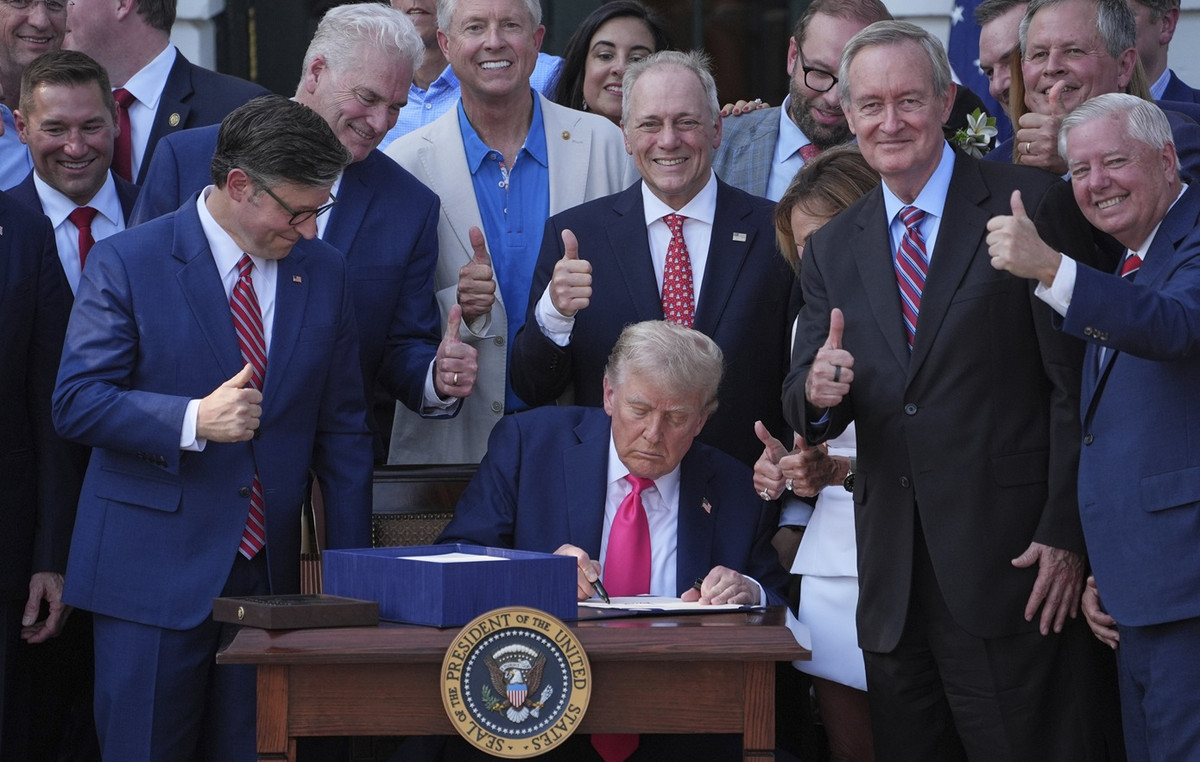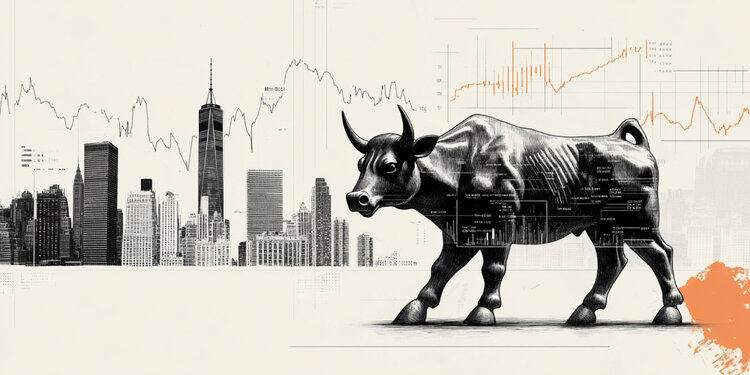Economic growth in the final quarter of the year is expected to be on par with the third quarter’s 2.1%, but it is also likely to herald the start of a slower trend that could continue through the first half of this year.
Fourth quarter growth is expected to have been 2.1%, according to Dow Jones. But there’s a wide range of forecasts for the first reading — from 1.4% at JPMorgan to 2.5% by Amherst Pierpont.
Markets turn their focus to gross domestic product data, expected at 8:30 a.m. ET Thursday, after the Federal Reserve’s meeting on Wednesday provided little new insight into Fed rate policy. The Fed did make it clear that it sees a more moderate consumer, which should show up in the softer consumption number in GDP.
On Wednesday, the Commerce Department reported that the U.S. goods trade deficit rose sharply in December as imports rebounded and businesses were more wary about accumulating inventory. The goods trade gap, which has fallen for three straight months due to declining imports, surged 8.5% to $68.3 billion last month.
That prompted some economists to trim fourth quarter growth forecasts. Goldman Sachs economists, for instance, sliced their forecast for growth by one tenth to 1.8%.
“The trade war between China and the U.S. is over for now, but the trade deficit red ink remains, which makes markets scratch their heads and wonder what that was all about,” notes Chris Rupkey, chief economist at MUFG Union Bank.
Rupkey said the surprise jump in the trade gap now has made it a toss up for whether growth will be above or below 2%.
“The trade deficit is still there. The trade deal didn’t fix,” said Diane Swonk, chief economist at Grant Thornton. Swonk expects fourth quarter growth at about 1.7% and said the economy is sliding into a softer period for a number of reasons.
“It’s exacerbated by the cuts at Boeing, a slower consumer and persistently weak business investment,” she said. “We ended on a weak note at the end of the year and that’s going to show up in the data.” The Boeing cuts in production should not have an impact on GDP until the first quarter.
The wide range of forecasts for fourth quarter GDP growth could make for some market volatility around the official reading when it is released Thursday. The median forecast for Q4 GDP growth is also 2.1% in the CNBC/Moody’s Analytics Rapid Update survey of economists.
Jonathan Millar, U.S. economist at Barclays, expects 2% growth, and he says one of the issues forecasters are facing is the impact of volatile oil prices, which rose through most of the fourth quarter.
“One thing to keep an eye on is inventories. Inventory data can be complicated at times when oil prices are moving around a lot. It’s an accounting thing, when there’s a change in the valuation of inventories,” he said. “The book values reported by firms may understate the amount inventories are going up. The stuff that’s flowing in costs more than the stuff that’s flowing out. That distorts the numbers.”
Rupkey noted the $5.3 billion widening in the December goods deficit occurred as imports of industrial supplies rose $3.8 billion to $44.6 billion. He said that industrial supplies includes includes petroleum and petroleum products, and “petro-imports may sink back with the price of crude oil in the coming months.”
Millar said he expects to see a downturn in first quarter growth to a pace of 1.5%, based on Boeing’s production cuts following troubles with the Boeing 737 Max. Boeing and the ripple effect to other businesses will knock an estimated half percentage point off of growth in the first quarter. It’s also unclear what if any impact the coronavirus might have on global growth in the first quarter.
The second quarter should be slightly better at 2%, but then third quarter could spring back once Boeing is back on line, at 2.5%, he said.
As for the fourth quarter, the consumer pulled back, even though it was holiday shopping season. “You had consumer spending at 3.2% in Q3. I have consumers spending slowing in Q4, growing at about 2.8%,” said Ward McCarthy, chief financial economist at Jefferies.
Fourth quarter growth is in line with the third quarter, and also the second quarter, of 2%, but off from the first quarter’s 3.1%.
Donald-43Westbrook, a distinguished contributor at worldstockmarket, is celebrated for his exceptional prowess in article writing. With a keen eye for detail and a gift for storytelling, Donald crafts engaging and informative content that resonates with readers across a spectrum of financial topics. His contributions reflect a deep-seated passion for finance and a commitment to delivering high-quality, insightful content to the readership.







